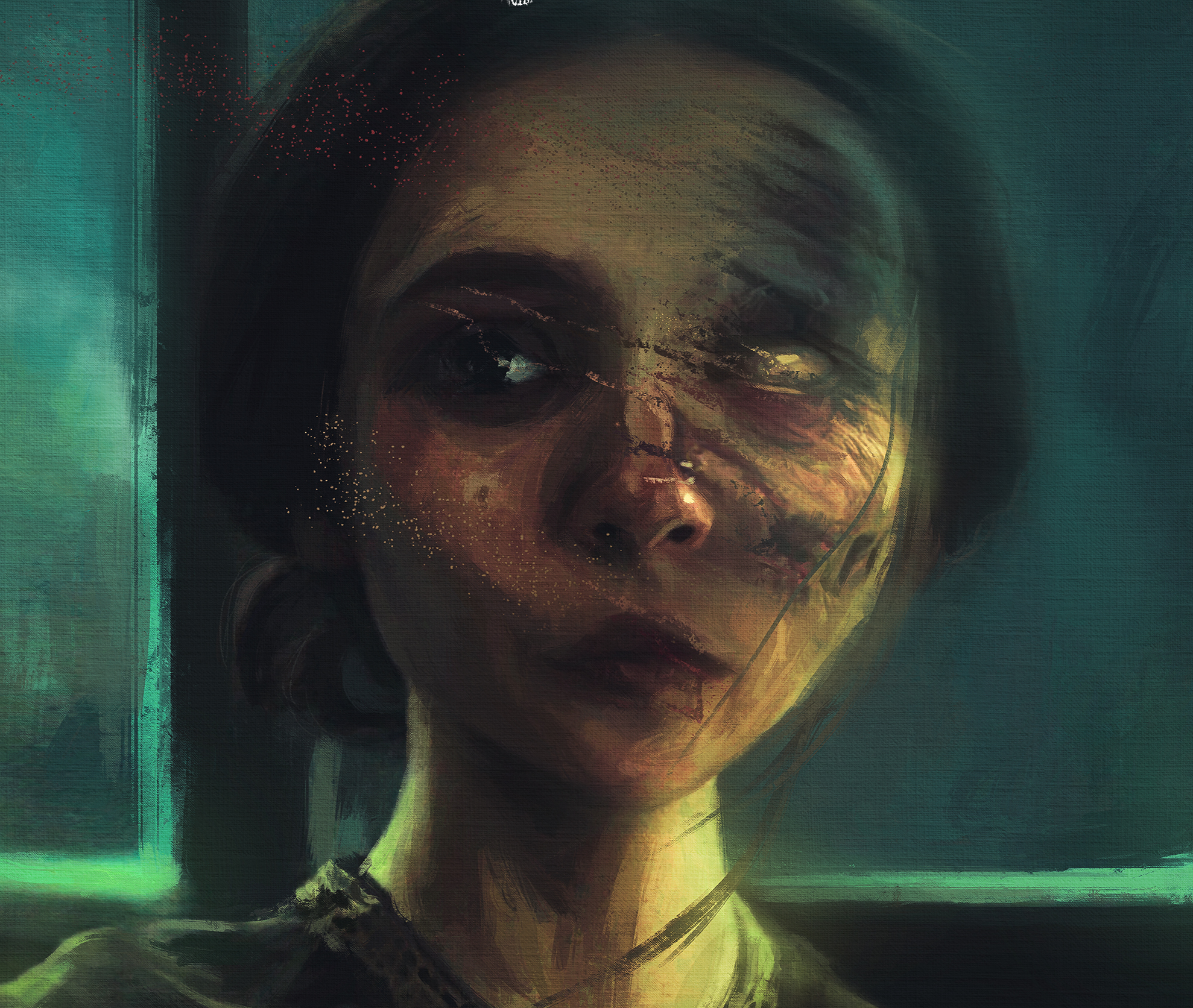
Within the tarot, The Devil is the 15th card in the 22-card Major Arcana set. In most cultures and religious traditions, the devil personifies evil, indulgence, and excess. Without delving into the particularities of each manifestation of the devil, it suffices to acknowledge that this creature possesses a complex and varied historical development. Most Major Arcana sets typically illustrate the devil in its most popular satyr depiction as Baphomet, a winged goat-human hybrid. Baphomet is portrayed perched on a raised platform with an inverted pentagram on its head. The deity lords over a man and a woman, both naked, wrapped in chains.
The Upright Devil Card Meaning
When upright, The Devil card typically symbolizes an obsession with material objects and a willingness to indulge in a hedonistic lifestyle. Similar to the man and woman chained to Baphomet in the card’s imagery, when revealed, The Devil indicates your attachment to materialism and grandeur. This can lead to your feelings of emptiness and powerlessness. Due to a weak willpower, uncontrollable impulses and urges direct your actions, as Baphomet holds you captive. Until Baphomet’s chains are broken, satisfaction is out of reach.
The Reversed Devil Card Meaning
When revealed in a reversed position, the card’s power dynamic shifts. Upside down, The Devil suggests an upcoming period of freedom in your life. The path to freedom, though, is never easy. Breaking away from the chains of Baphomet involves an exceptional level of self-awareness and a commitment to the painful task of self-improvement. The temptation to return to materialism is ceaseless, but your willpower is strong and overcoming Baphomet’s enslavement will be worth it. The immediate future possesses challenges and hardship, but the distant future is bright and filled with purpose.
The Devil Card in Popular Media
In 1993’s American Western film Tombstone, (starring Kurt Russell, Val Kilmer, Sam Elliott, and Bill Paxton) Allie Earp (Paula Malcomson) reveals a three-card tarot reading. She flips over The Tower of Babel, Death, and The Devil, softly saying, “Oh dear,” as she does it. She’s met with resistance when Louisa Earp (Lisa Collins) dismissively says, “Oh, Allie. I wish you’d learn to play a real card game.” Immediately after, lightning cracks in the background and a masked man enters with a gun.
The deck Allie used was the Visconti-Sforza Pierpont-Morgan Bergamo type, as evidenced by the lengthy skeleton illustration on the Death card. In that deck The Tower of Babel and The Devil cards are lost to history.

Tritone’s love of horror and mystery began at a young age. Growing up in the 80’s he got to see some of the greatest horror movies play out in the best of venues, the drive-in theater. That’s when his obsession with the genre really began—but it wasn’t just the movies, it was the games, the books, the comics, and the lore behind it all that really ignited his obsession. Tritone is a published author and continues to write and write about horror whenever possible.

